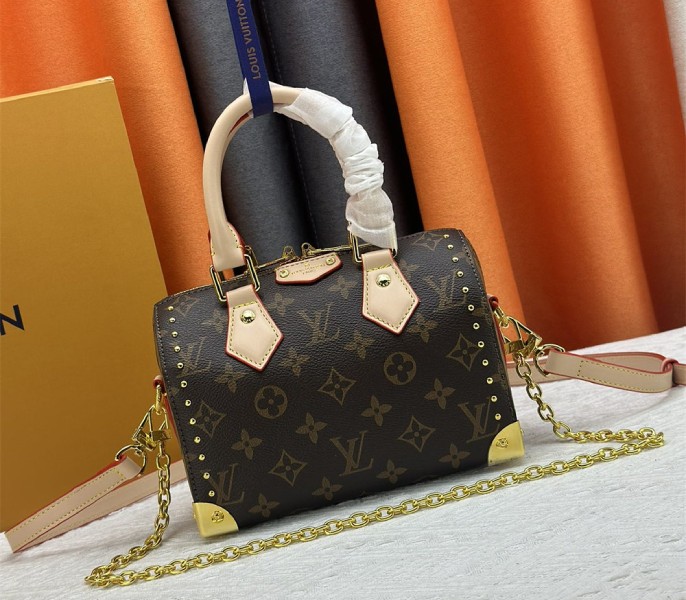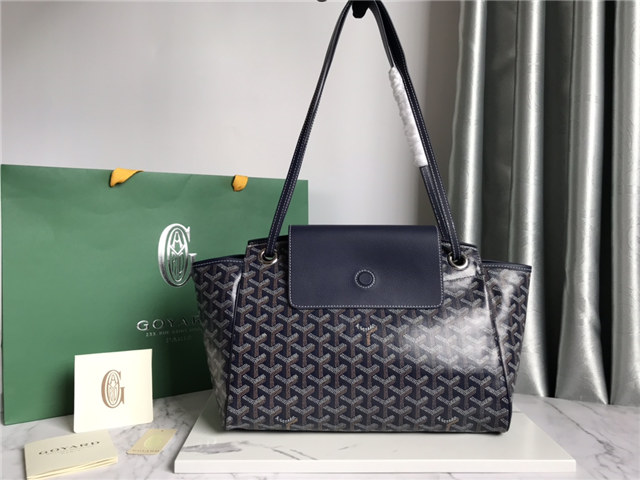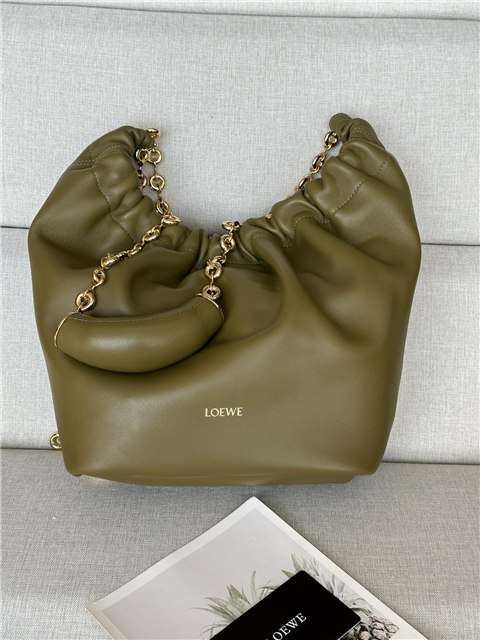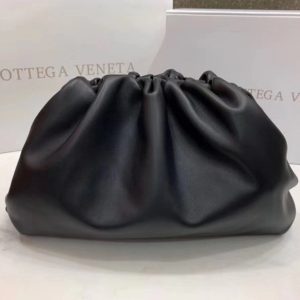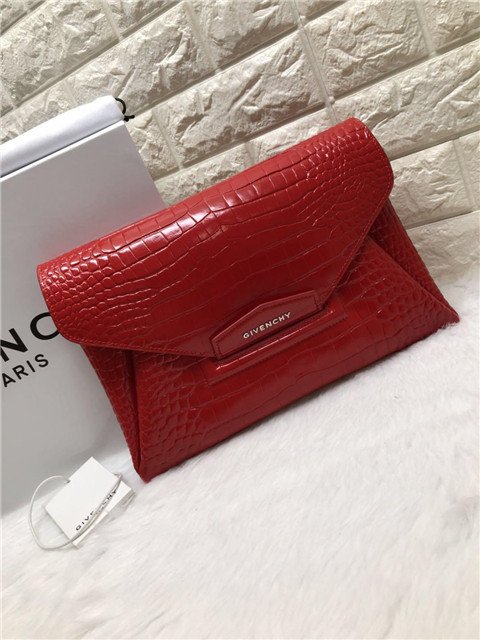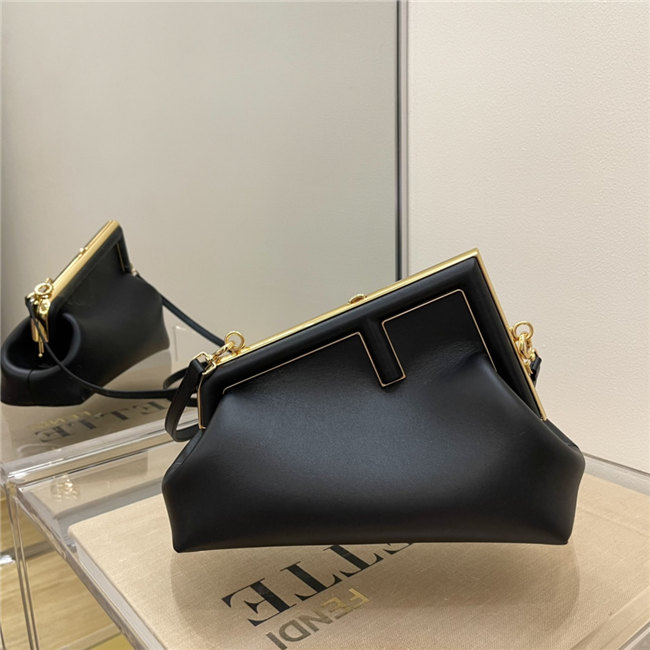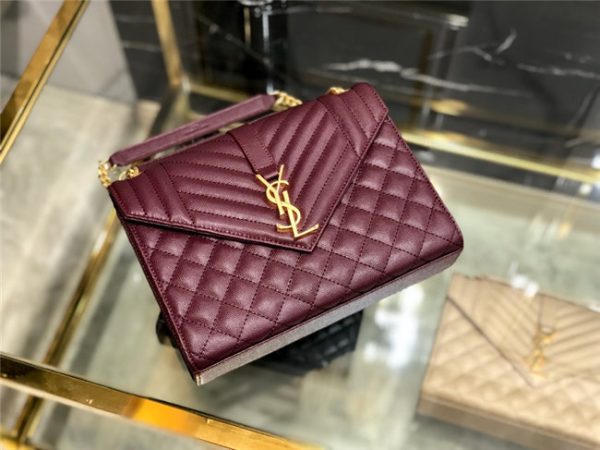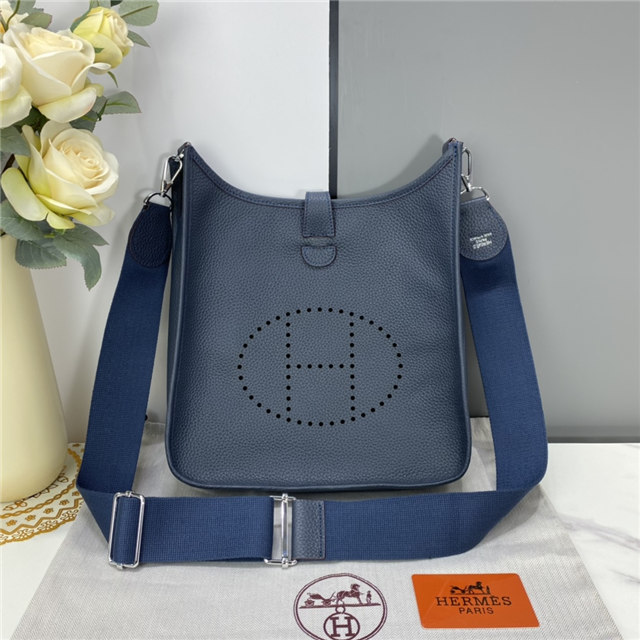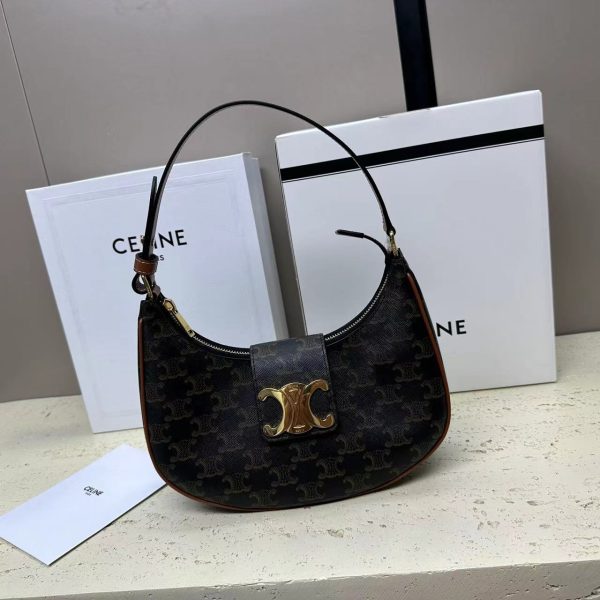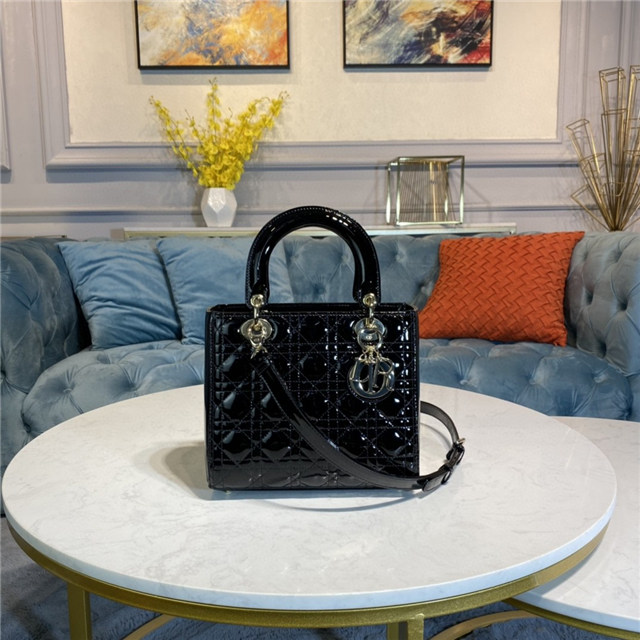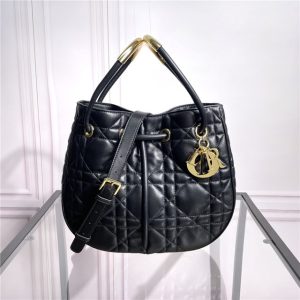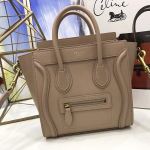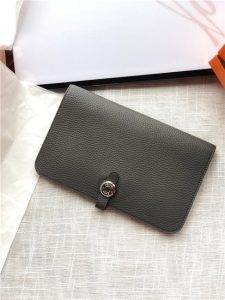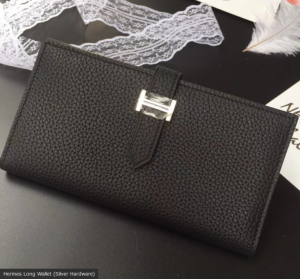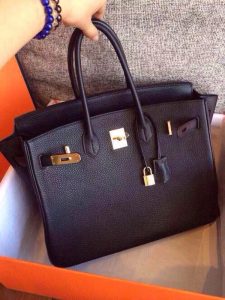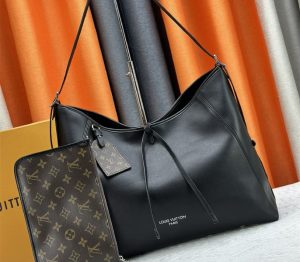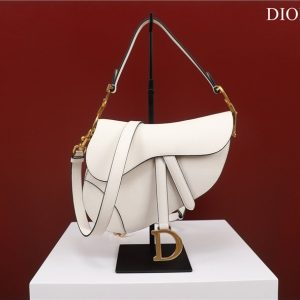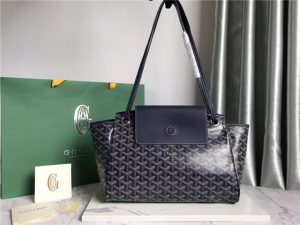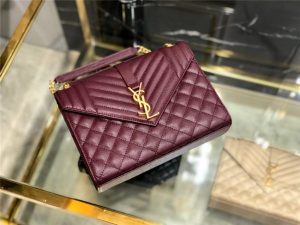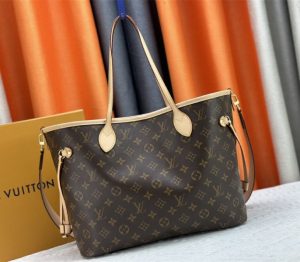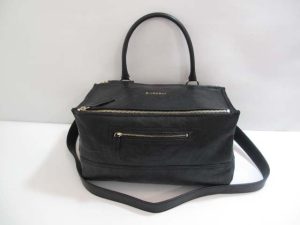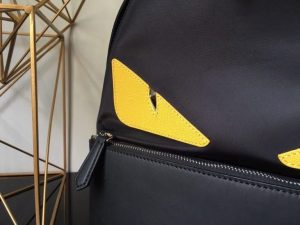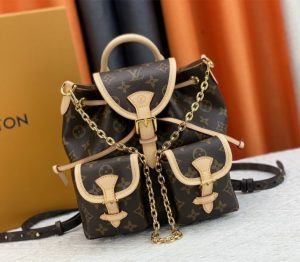First off, the *price*. This is a HUGE red flag. If you snagged an “Armani” watch for, like, fifty bucks? Uh, odds are, it’s about as real as a unicorn riding a skateboard. Armani, even the Armani Exchange stuff, ain’t exactly cheap. They’re not Rolex-level expensive, but still, they’re a designer brand. So, that super-cheap deal? Probably too good to be true.
Then there’s the whole serial number thing. Apparently, every legit Armani Exchange watch *should* have a unique serial number engraved on the back. Now, finding a legit database to verify that number? Good luck with that. I tried that once, ended up down a rabbit hole of sketchy websites that looked like they were designed in 1998. But, the *presence* of a serial number is a good start. If it’s missing entirely, that’s a major yikes.
And speaking of “major yikes”, let’s talk about the *movement*. This is the guts of the watch, the engine that makes it tick. Supposedly, a lot of Emporio Armani watches use Miyota movements. Apparently fakes uses Seiko. I gotta admit, I’m not a watch movement expert, but if you can, like, open the back (carefully! Don’t break it!), and see what kinda movement is in there, that could be a big clue. You can check the movement name on the Emporio Armani official website. It’s like, kinda technical, but even a quick Google search of “Miyota movement” vs. “Seiko movement” can give you some visuals of what to look for.
Honestly, where you bought the watch matters a TON too. If you got it from a reputable department store or an authorized dealer, you’re probably in the clear. Ebay is a little bit risky, there is fake. But if you bought it from some dude on a street corner? I mean, come on… you kinda knew it was a gamble, right?
Oh, and don’t forget the details! The overall “feel” of the watch. Is it heavy? Does the band feel cheap and plasticky? Are the markings on the face crisp and clean, or are they kinda blurry and off-center? Fake watches often cut corners on the little things. The logo looking a little wonky? That’s not a good sign.
Alright, so that’s a lot to digest. Basically, look at the price, check for the serial number (even if you can’t verify it), try to identify the movement, scrutinize the details, and consider where you bought it from. If most of these things point to “fake,” well… you might have a fake on your hands.

